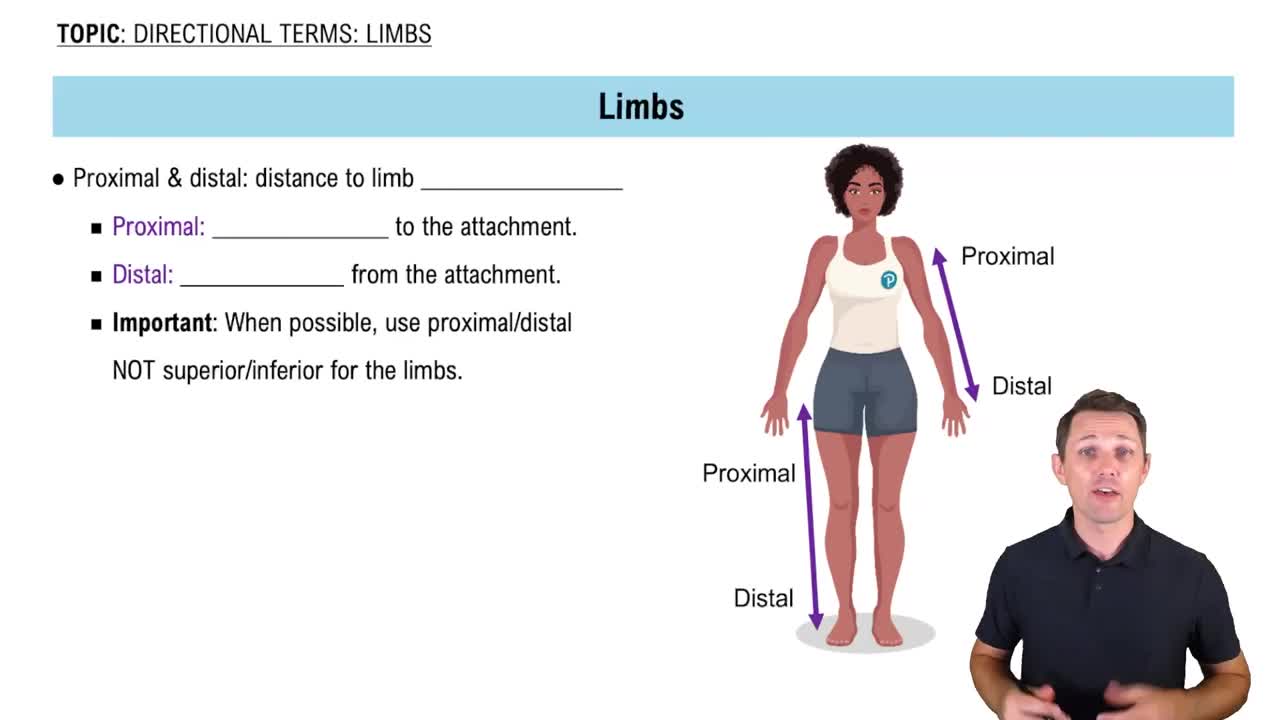Mark the following statements as true or false. If a statement is false, correct it to make a true statement.
c. The weight of the body in the sitting position is supported by the ischial tuberosities.
 Verified step by step guidance
Verified step by step guidance



Mark the following statements as true or false. If a statement is false, correct it to make a true statement.
c. The weight of the body in the sitting position is supported by the ischial tuberosities.
Mark the following statements as true or false. If a statement is false, correct it to make a true statement.
d. The two pubic bones articulate at the acetabulum.
Mark the following statements as true or false. If a statement is false, correct it to make a true statement.
e. The pelvic brim is the boundary between the greater and lesser pelvis.
Fill in the blanks: The bones of the leg are the medial_____and the lateral______. The sesamoid bone that articulates with the distal femur is the______.
The heel bone is more properly known as the:
a. talus.
b. navicular
c. cuboid
d. calcaneus.
The arch(es) of the foot are the:
a. transverse arch.
b. medial longitudinal arch.
c. lateral longitudinal arch.
d.Both a and b are correct.
e.All of the above are correct.